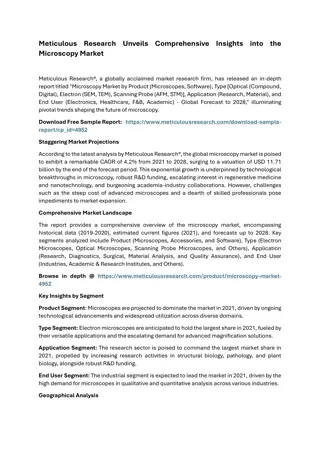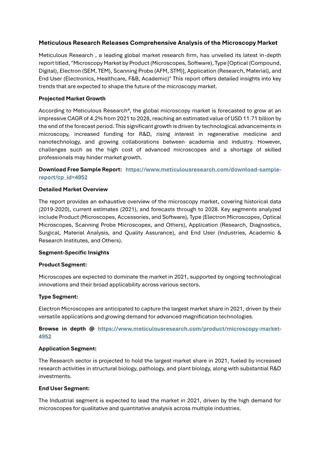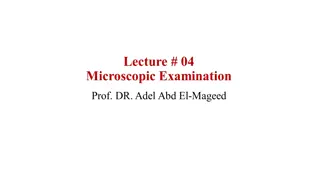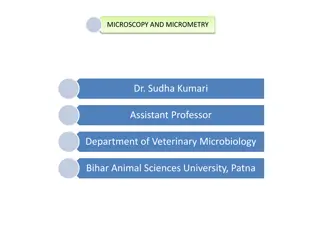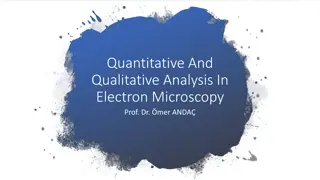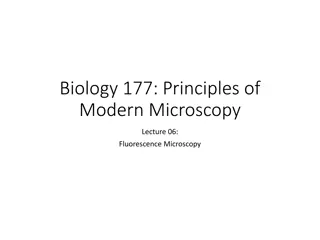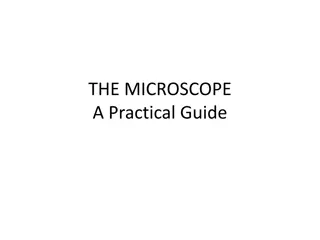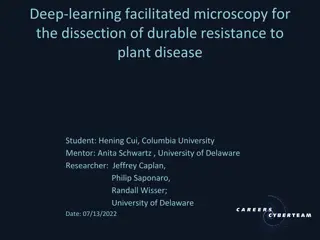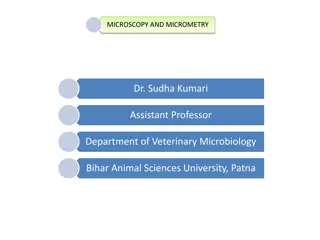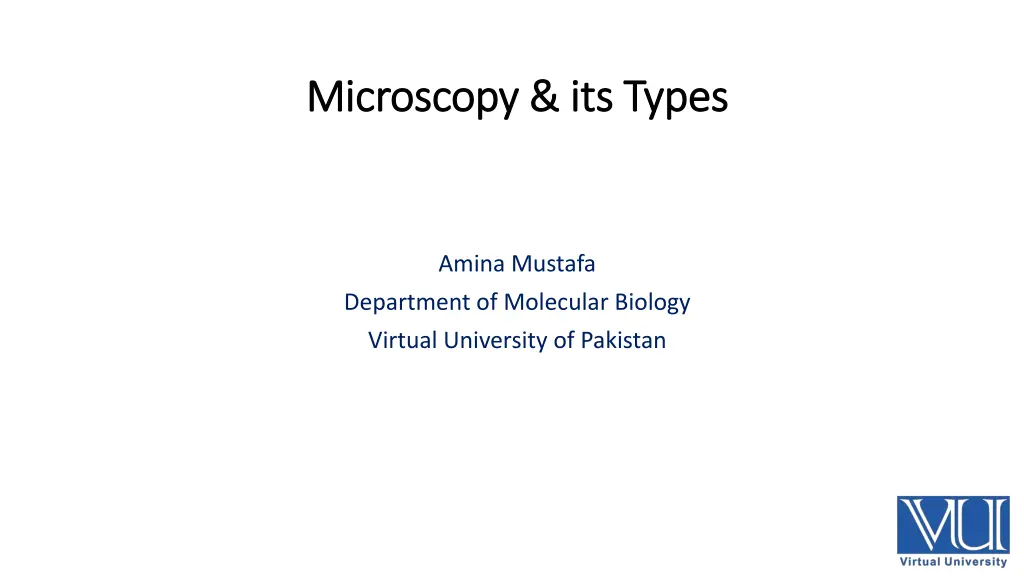
Exploring Microscopy: Types, Uses, and Applications
Uncover the world of microscopy with insights into its types, uses in diagnostics, histology, and more, along with details on simple, compound, dark-field, phase contrast microscopes, and their respective applications.
Download Presentation

Please find below an Image/Link to download the presentation.
The content on the website is provided AS IS for your information and personal use only. It may not be sold, licensed, or shared on other websites without obtaining consent from the author. If you encounter any issues during the download, it is possible that the publisher has removed the file from their server.
You are allowed to download the files provided on this website for personal or commercial use, subject to the condition that they are used lawfully. All files are the property of their respective owners.
The content on the website is provided AS IS for your information and personal use only. It may not be sold, licensed, or shared on other websites without obtaining consent from the author.
E N D
Presentation Transcript
Microscopy & its Types Microscopy & its Types Amina Mustafa Department of Molecular Biology Virtual University of Pakistan
Microscopy Microscopy Invented by : Antonie van Leeuwenhoek (Father of Microbiology)
Microscopy Microscopy USES: Diagnostics Identification Histology Tissue analysis Examining Forensic Evidence Studying cells Studying Micro-organisms Scientific Research
Types of Microscopy Types of Microscopy Simple Microscope Compound Microscope Dark Field Microscope Phase Contrast Microscope Flourescent Microscope Interference Microscope Electron Microscope Atomic Force Microscope Polarization Microscope
Simple Microscope Simple Microscope USES: Study of microscopic algae, fungi and biological specimen
S.N. Simple Microscope Compound Microscope 1 Single lens 3 to 5 objective lenses Has only one lens for magnifying objects. Has two sets of lenses for magnifying objects: eyepiece lens and objective lenses 2 3 Low Magnification Higher magnification. Condenser lens is present which is used to adjust the intensity of light for magnification of object. 4 Condenser lens is absent 5 Light source is natural Illuminator is a source of light Has only one adjustment screw that is used to move the limb up and down for focusing an object. Has coarse adjustment screw (for rapid focusing an object) and fine adjustment screw (for fine and sharp focusing). 6 Can only be used in simple ways such as enlarging small letters while reading. Has a wide range of use such as in studying the structure of different objects 7
Dark Dark- -Field Microscope Field Microscope Examination of unstained microbes Special kind of condenser, with a dark-field stop, which is an opaque disc obstructing the path of light from the light source centrally, but allowing a peripheral ring of light
Phase Contrast Microscope Phase Contrast Microscope Applications: Cell culture Live cell imaging Living cells can be observed in their natural state without previous fixation or labeling. Principle: When light passes through cells, small phase shifts occur. These phase shifts are converted into changes in amplitude, which can be observed as differences in image contrast.
Flourescent Flourescent Microscope Microscope Principle. The specimen is illuminated with light of a specific wavelength which is absorbed by the fluorophores, causing them to emit light of longer wavelengths Florescent dyes are used for specimen staining Examples of Flourescent stains: DAPI and Hoechst
Electron Microscope Electron Microscope Microscope with high magnification and resolution Uses a beam of accelerated electrons as a source of illumination
Interference Microscope Interference Microscope Principle: A prism is used to split light into two slightly diverging beams that then pass through the specimen. It is thus based on measuring the differences in refractive index upon recombining the two beams. Interference occurs when a light beam is retarded or advanced relative to the other
Atomic Force Microscope Atomic Force Microscope High resolution Measure in fractions of a nanometer Uses a cantilever with a sharp probe that scans the surface of the specimen
Polarization Microscope Polarization Microscope Used mainly in geological studies for geological specimens but also in medicine and biology. Uses a polarized light, in which the light waves vibrate in one direction.
Organism Group Bright-Field Microscopy Fluorescence Microscopy Dark-Field Microscopy Electron Microscopy Bacteria + + Fungi + + Parasites + + Viruses +



